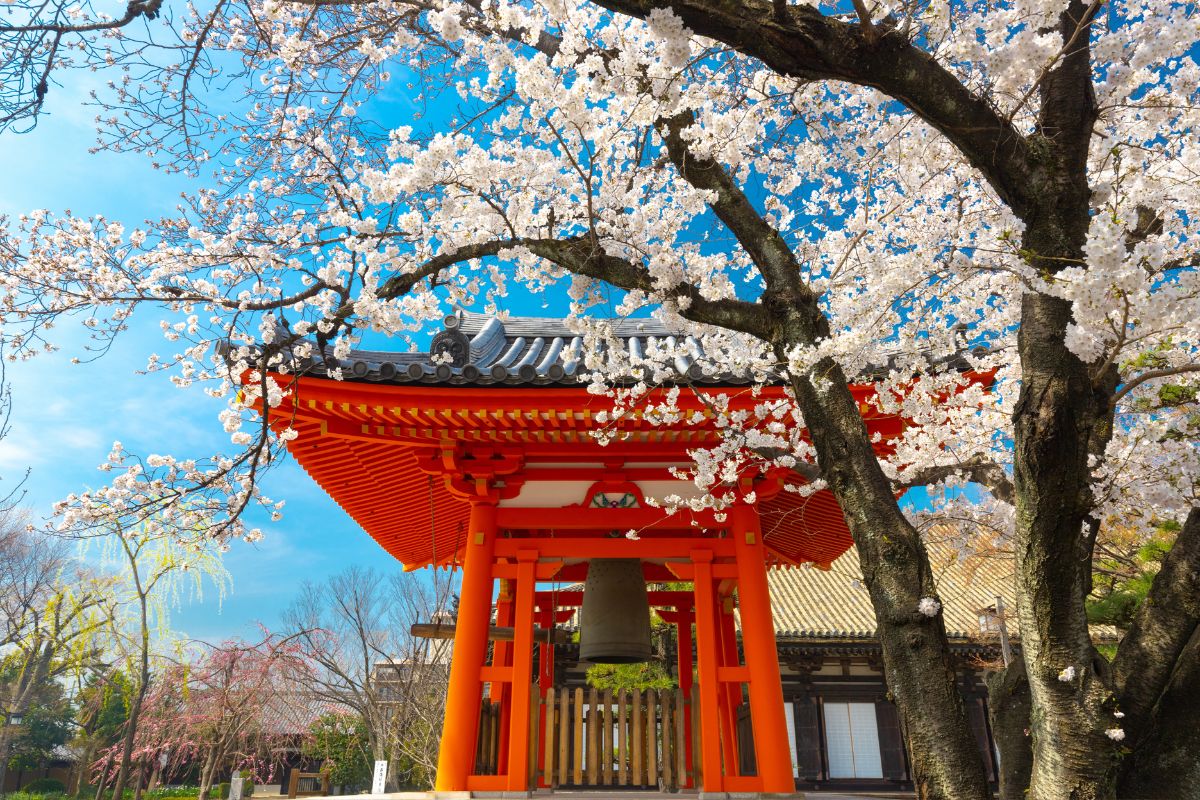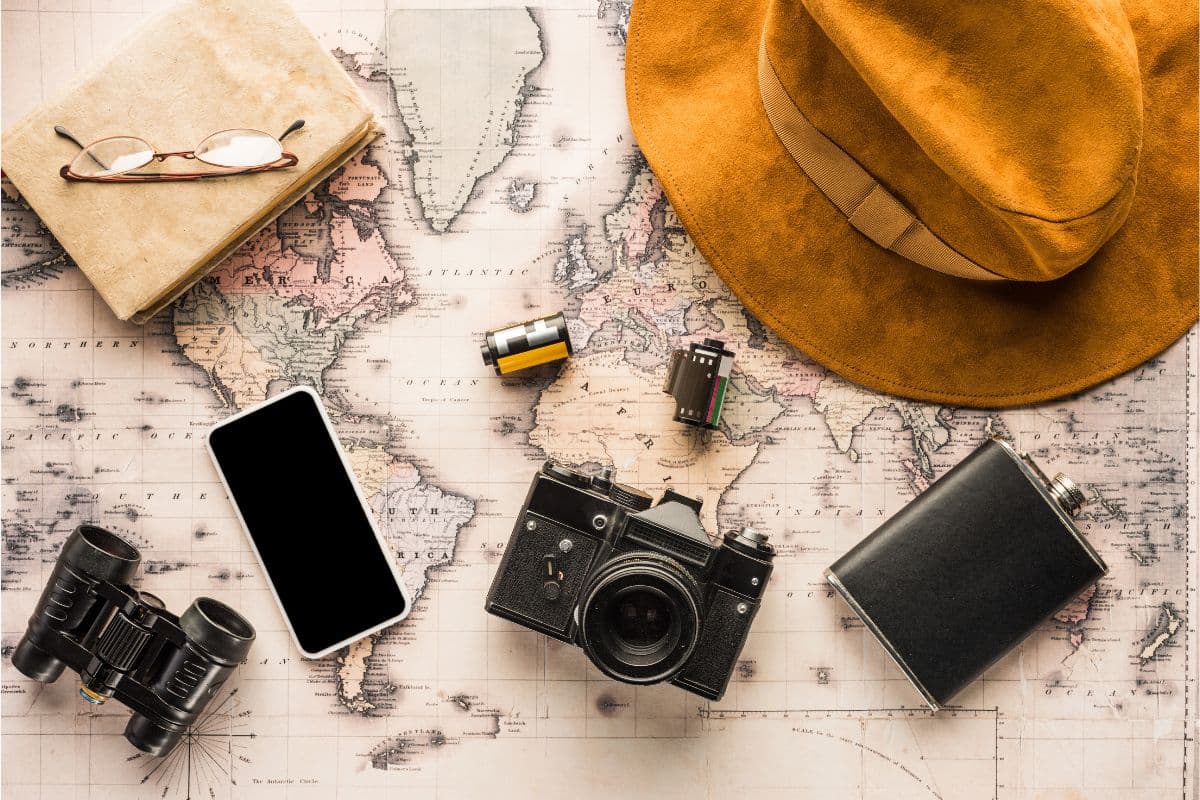If you’re planning a trip to Japan, you should know a few important things before you go. Japan is a unique and fascinating country with a rich culture and history, and understanding some key facts can help you make the most of your trip. Here are some essential things to keep in mind when travelling to Japan.
Respect for culture and traditions is paramount Japan is a country with a strong sense of tradition and respect for cultural heritage. Visitors are expected to respect these traditions, particularly when visiting temples, shrines, and other cultural sites. This means following dress codes, removing shoes when necessary, and refraining from speaking loudly or engaging in disrespectful behaviour.
Japanese etiquette is different from Western etiquette.
Japan has unique customs and etiquette that may be unfamiliar to Western visitors. For example, it is customary to bow when greeting someone, and it is considered impolite to tip in restaurants or other service industries. It is essential to research before you understand these customs and avoid offending.
The language barrier can be challenging.
English is not widely spoken in Japan, particularly outside major tourist areas. Learning basic Japanese phrases and bringing a phrasebook or translation app with you is a good idea. This can help you navigate transportation, order food, and communicate with locals.
Japan without Japanese – Quick tips
- Purchase a phrasebook or app, or learn a few essential ‘survival’ Japanese words and phrases acceptable for travel.
- Utilize public transportation; English is spoken on numerous signs, station names, departure boards, etc.
- The requirement to speak Japanese daily is significantly reduced by purchasing a Suica prepaid travel card that may be used on buses, subways, and trains and paying for cabs and food in convenience stores.
- Plan meaningful connections and reserve lodging to avoid stressful on-the-spot talks.
- Print out critical Japanese locations. Prepare a list of your primary objectives in Japanese that you can display to others while travelling. Reasonably practical when taking a taxi.
- Utilize tourist information centers to the fullest. Each of the larger ones has an English-speaking employee and English brochures.
Japan is extremely safe.
Japan has a low crime rate, and violent crime is rare. However, it is essential to be mindful of pickpocketing and other petty crimes in crowded areas like train stations and shopping districts.
The transportation system is efficient but can be overwhelming.
Japan has a highly efficient one, with trains and buses that run on time and connect even the most remote areas. However, navigating this system can be overwhelming, particularly in Tokyo, where the subway system is massive. Planning your route and purchasing a prepaid transportation card is an excellent idea to make things easier.
The majority of Shinkansen have separate cars for reserved and unreserved seats. Whether a Shinkansen car has been booked or open seating is indicated via bilingual placards. You can make seat reservations from one month before the departure date to the right before departure.
All significant JR stations have ticket counters where they can be made (any JR ticket office can take reservations for any Shinkansen). Travellers can book seats on Shinkansen trains at some ticket kiosks with bilingual (Japanese/English) menus. However, holders of Japan Rail Passes cannot reserve seats using vending machines.
Regular ticket buyers and JR Pass holders can make reservations for seats on certain trains in Eastern Japan and Hokkaido through JR East’s English-language website. Users in the United States, Australia, Singapore, Hong Kong, and Malaysia can purchase Tokaido-Sanyo Shinkansen tickets using the English-language Smart-EX app.
Japan has a unique food culture.
Japan is famous for its cuisine, including sushi, ramen, and other dishes unique to the country. However, it is essential to understand that Japanese food culture differs significantly from Western food culture. For example, it is customary to slurp noodles and use chopsticks in a specific way. Be open to trying new things and follow locals’ lead to fully appreciating the food culture.
Japanese food you must try before leaving Japan:
- Authentic Sushi: Any dish cooked with Japanese rice seasoned with rice vinegar is referred to as sushi. Inarizushi is sushi rice stuffed inside inari pockets, seasoned, fried tofu. Makizushi is sushi rice, and fillings rolled up in nori seaweed. Nigiri sushi is shaped, bite-size mounds of sushi rice with single slices of raw fish or something similar draped over the top.
- Udon: Kitsune udon (also known as “fox udon,” which is topped with aburaage fried tofu), tempura udon (covered with tempura-battered seafood and vegetables), and chikara udon (also known as “power udon,” topped with grilled mochi rice cakes) are some of the most popular udon noodle soup meals.
- Yakitori: Among the many yakitori kinds, momo (chicken thigh), negima (chicken with spring onion), and tsukune (chicken meatballs) are the most popular choices.
- Sashimi: Unlike sashimi, which is almost entirely raw fish and is never served with rice, sushi is always cooked with vinegared rice and does not always include raw fish. Sashimi must be made with fish that is as fresh as possible to reduce the possibility of contamination and enhance the dish’s flavour.
- Donburi: The most popular donburi dishes include oyakodon (simmered chicken, egg, and green onion), gyudon (sliced beef and onion simmered in a soy sauce soup base), tendon (fried tempura pieces drizzled with tsuyu), and katsudon (breaded and deep-fried pork cutlets, or tonkatsu, simmered in tsuyu with onion and egg).
- Natto: Many people dislike natto because of its unpleasant mouldy cheese-like scent and slimy, sticky feel. On the other hand, other people adore these fermented soybeans for their robust umami flavor and high nutritional content. Is natto palatable or repulsive? You are free to make a choice.
- Oden: Then, with karashi mustard and other condiments, diners can scoop up their preferred portions and enjoy. The simmering hot pot doubles as a communal warmth filling the main dish on chilly evenings.
- Soba and Ramen: The noodle staples and a crowd favorite. One of modern Japan’s all-time favorite foods is ramen, which is inexpensive, readily available, and served at ramen bars (found in nearly every corner of the country). There is a Tokyo museum/amusement park with a ramen theme because Japanese ramen is well-liked. At the same time, Soba can be served hot in soups with toppings of spring onions, agetama tempura flakes, kamaboko fish cakes or grilled mochi), or cold with a side of tsuyu and garnishes of green onions, shredded nori seaweed, and wasabi.
Japan has four distinct seasons.
Japan has a temperate climate with four different seasons. The best time to visit depends on your interests, but the spring cherry blossom and fall foliage seasons are popular. Be prepared for varying temperatures and weather depending on the time of year.
Japan is a unique and fascinating country with a rich culture and history. Understanding these essential facts before you go can help you make the most of your trip and fully appreciate all Japan offers. So go ahead and plan your trip, and remember to be respectful, open-minded, and adventurous!
Want to book a flight to Japan and you’re from the Philippines? Send me a message and I can help you whip a good itinerary from Tokyo or Osaka anytime of the year.



